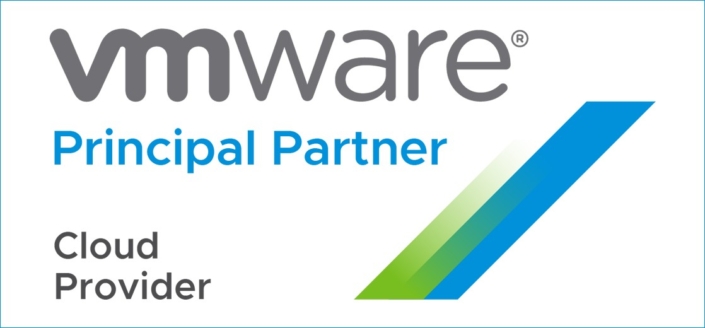Cloud Migration Mistakes You Need to Avoid

Written by Nicki Pereira, Chief Technology Officer of Zettagrid : Migrating to the cloud, like all other strategic projects, should be a methodical planned exercise.
As with all technology undertakings, proper due diligence, planning, testing and re-testing should take place before the actual migration starts. A good migration strategy should always contain:
• A full analysis of the undertaking with a detailed project plan with all the necessary project management controls
• A financial analysis of the true costs before the migration commences which should include the once-off project costs as well as the regular cloud costs that the business will incur.
• Analysis of all the applications and services that will be running on the new cloud platform to ensure the user experience is not degraded in any way.
• A deep understanding of the cloud migration process to ensure a smooth transition with very little impact to the business and its users.
• Security standards and compliance regimens.
• Real-time, in-depth monitoring of the new cloud environment to ensure visibility during the migration.
These activities aren’t always undertaken by organisations who want to incorporate cloud into their strategy.
Here are five mistakes to avoid when migrating to the cloud:
1. Having no plan
The popular adage of ‘failing to plan is planning to fail’ is true for most undertakings but is crucial for cloud migrations.
Due to the complexity involved and the many moving parts of IT environments today, simply starting a migration without carefully planning each step will lead to some form of business disruption or at the very least a migration that takes longer than it should.
Systems today are interdependent and the project team must take cognisance of these dependencies when planning which systems, applications or servers to move first and in which order. If the environment is going to be migrated live then some solution should also be put in place to ensure the two environments co-exist and communicate to ensure no interruptions.
2. Not understanding the costs
With the proliferation of cloud service providers on the market comes a proliferation of pricing models which are often very complex and make costing estimations at the outset of a cloud migration strategy very difficult to calculate.
It’s important to calculate your costs based on resource usage, something that is very difficult to do when you come from an on premise environment. For example, do you know how many read/writes your database server performs in each month?
This is an important metric to know if you choose a service provider who is going to bill you per read/write transaction. A busy month for your database server will blow your budget. Where possible choose a service provider with a predictable billing model or keep daily checks on your subscription costs so that you can pre-empt billing surprises at month end.
3. Having no clear process
As mentioned previously, migrating an IT environment with many moving interdependent parts which may also need to remain in production while migration takes place is a complex process to manage.
The cloud migration market over the past few years has spawned multiple cloud migration technology solutions and cloud migration services organisations which understand this complexity and help you migrate to the cloud while keeping risk to a minimum.
As these organisations have already performed multiple migrations and learnt lessons along the way they are in a good position to guide you through this to ensure you achieve project success while mitigating your project risk.
4. Making security and compliance an afterthought
Often organisations migrate IT workloads to the cloud leaving essential components such as security and compliance as matters that will be dealt with once the migration has been completed. As with all IT projects security and compliance must form part of the planning phase and be baked into the solution before it is moved to production.
Trying to retrofit these crucial elements once the project has been delivered is more costly and increases your project risk. In a worst-case scenario, you may have migrated your entire infrastructure to the cloud only to find out the cloud you selected is non-compliant with legislation that you must comply with. This would mean you would have to migrate elsewhere.
5. Not maintaining visibility into and control over your cloud based services
Moving to the cloud means that you will be relinquishing some control of your critical infrastructure to the cloud service provider. Management and monitoring systems are now more critical than ever to ensure your IT environment runs smoothly and any incidents are responded to proactively and efficiently with as little disruption as possible.
With parts of your infrastructure not visible to you any longer it is key to have a monitoring solution that measures service availability and is also able to span hybrid cloud environments so that you are able to monitor on premise infrastructure as well as cloud infrastructure from a single console. This ‘single pane of glass’ is especially key during the migration phase when you have multiple moving parts migrating at different times and you need to ensure minimum disruption and an efficient migration.
Success is 20% Skills and 80% Strategy
In conclusion to successfully migrate to the cloud and avoid the five mistakes we have covered you need a cloud migration strategy. This strategy should include a detailed plan, accurate forecasted costs, a good process with security and compliance built in and a solution to ensure you have insight into your systems while the migration is taking place.
Contact us to help you define your cloud migration strategy so that you can avoid these mistakes and benefit from all of the value that the cloud has to offer.
*This article originally taken from blog.zettagrid.com
Twitter [wp-svg-icons icon=”twitter” wrap=”i”] LinkedIn [wp-svg-icons icon=”linkedin” wrap=”i”]
Have a question? Contact Us!
[gravityform id=”48″ title=”false” description=”false”]









